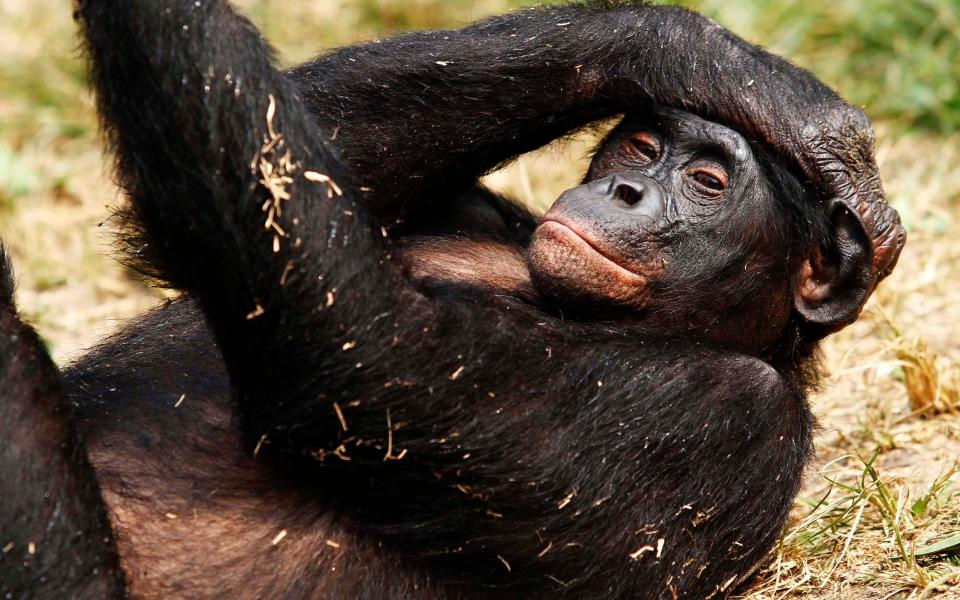New species of truffle discovered by apes - and they could have high culinary value

Mushroom-loving bonobos have inadvertently discovered a new species of truffle, which scientists say could have high culinary value.
While pigs are usually used for rooting out the coveted fungi, the inquisitive noses of hungry apes seem just as effective, according to the study published in Mycologia.
The truffle, named Hysterangium bonobo in honour of the apes that found it, hints at vast reserves of undescribed fungal diversity in the region according to scientists.
"Truffles aren't just for gourmet chefs - they're also for our closest relatives," said Matthew Smith, an associate professor in the University of Florida department of plant pathology.
"There's so much to learn about this system, and we're just scratching the surface."
While they are commonly seen by humans in high-end restaurants, truffles are also ecosystem linchpins. H. bonobo plays a key role in enabling trees to absorb nutrients from the soil and supports the diets of animals. Its irregularly shaped outer layer is also lined with microscopic crystal-encrusted filaments, possibly used for defense or aroma diffusion.
The scientists said bonobos likely locate H. bonobo by catching its smell wafting through the air or by digging in the soil and sniffing their hands.
"Even though some truffles are specialized food items, they all evolved in a similar way," said Prof Smith, who is also an affiliate associate curator in the Florida Museum of Natural History.
"They smelled really good, so animals dug them up and spread the spores around."
The truffles were stumbled upon by study co-author Alexander Georgiev, a primatologist at Bangor University in Wales, who collected samples of the H. bonobo after he observed a group of wild bonobos eating them in Congo's Kokolopori Bonobo Reserve. He hoped a collaborator could identify the species, not knowing it was undescribed.
"Why they eat these, I'm not sure," he said. "Perhaps they like the taste of them. I personally love mushrooms and have never considered what I get out of them nutritionally. They just taste amazing."
Georgiev said although he had never seen bonobos feed on truffles before, the local team of field assistants helping track them "instantly knew what was going on."
Though it is a new species to science, H. bonobo is well known to local communities as "simbokilo," a Bantu name linked to a longer phrase roughly translated as "Don't let your brother-in-law leave because traps baited with this will bring in plenty of food."
"Kokolopori people have celebrated their interdependence with bonobos for generations," said Albert Lotana Lokasola, a graduate student at the University of Kisangani in northern Congo and a study co-author.
"Our traditional knowledge of the diets of animals such as bonobos, duikers and rodents that includes food items new to science should be valued, preserved and protected."

